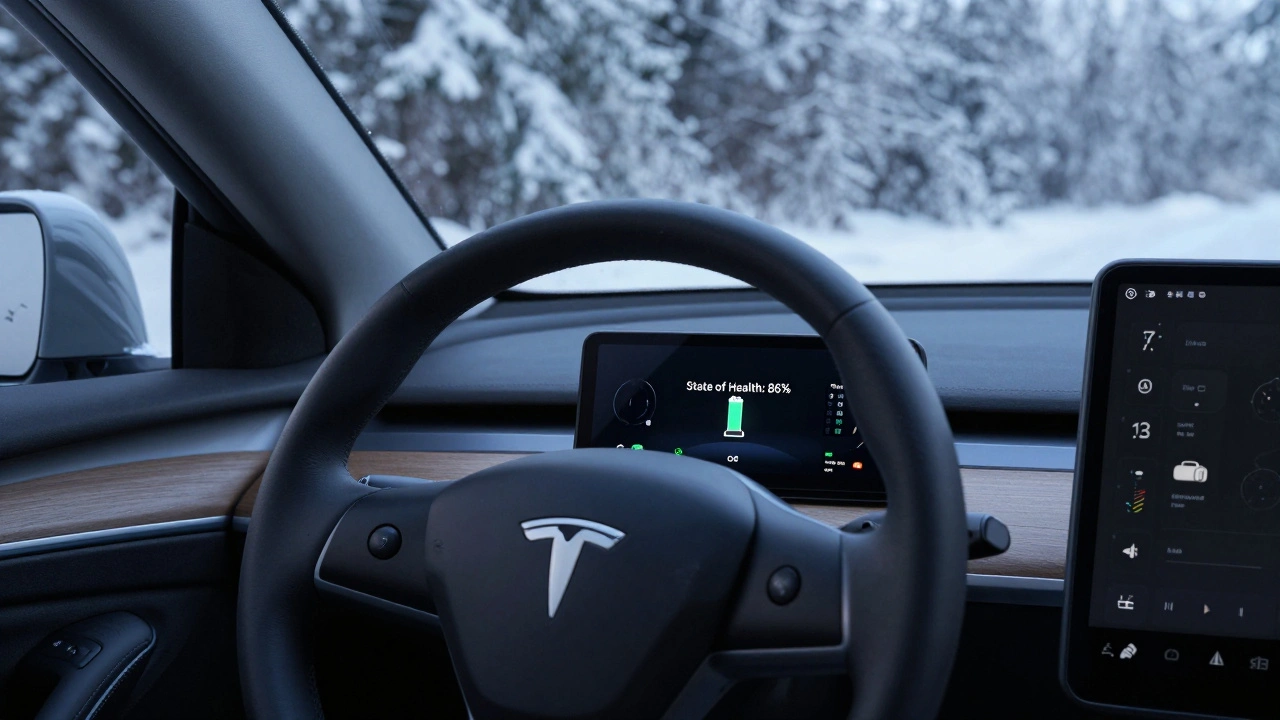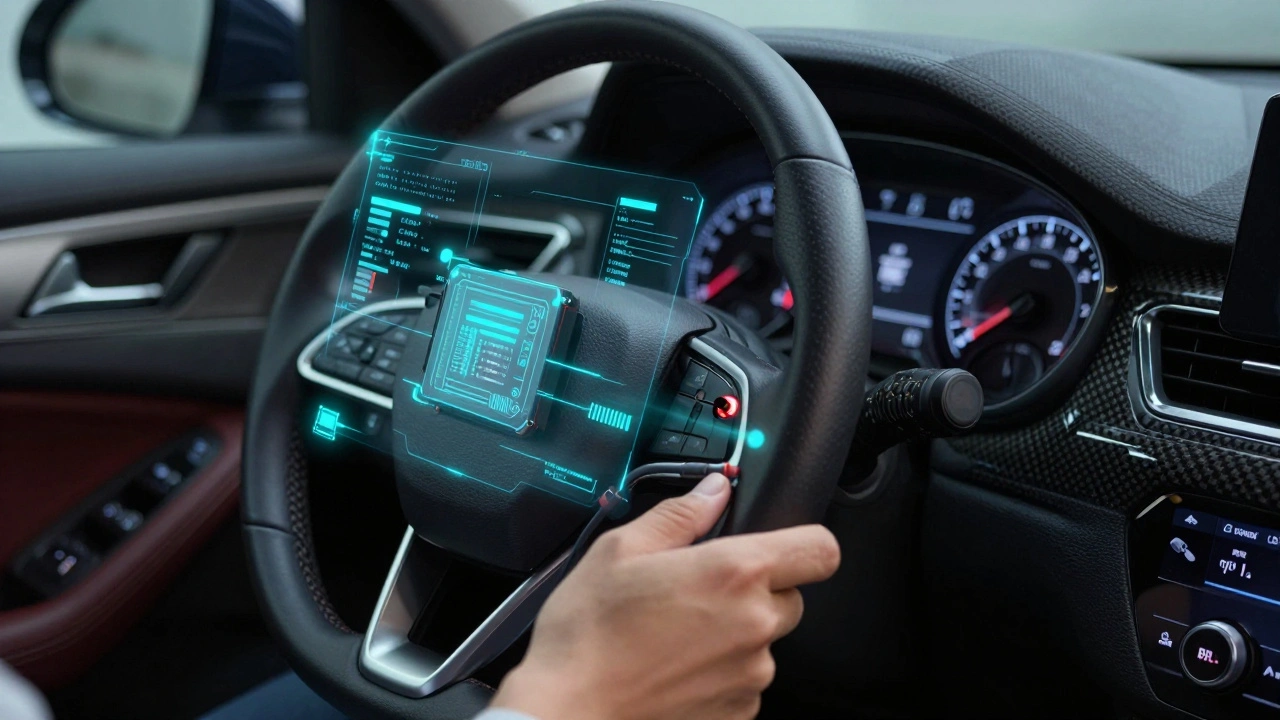Automotive Parts Evolution: How Car Components Changed Over Time
When you think about your car, you probably don’t picture the first gasoline engine from 1886. But the automotive parts evolution, the gradual transformation of vehicle components from simple mechanical pieces to integrated digital systems. Also known as car part development, it’s what turned a noisy, unreliable machine into something you trust to get you to work, the store, or across the country. That evolution didn’t happen by accident. It was driven by safety rules, fuel costs, consumer demand, and tech breakthroughs—all pushing parts to become smarter, lighter, and more reliable.
Take the OEM parts, factory-made components designed specifically for a vehicle model. Back in the 1950s, these were mostly cast iron and steel, built to last but heavy and hard to replace. Today, OEM parts are precision-engineered with materials like high-strength aluminum and carbon fiber, often paired with sensors that talk to your car’s computer. Then there’s the aftermarket parts, components made by third-party companies to replace or upgrade original parts. In the 70s and 80s, aftermarket meant cheap, low-quality replacements. Now, you’ve got premium aftermarket brands offering better performance than the original, like upgraded brake rotors that stop faster or suspension kits that handle rough roads better. The shift wasn’t just about materials—it was about how parts connect. Modern cars don’t just have parts; they have networks. A single sensor can control fuel injection, emissions, and even engine timing. That’s why today’s mechanics need software tools as much as wrenches.
The automotive parts evolution isn’t slowing down. Electric vehicles changed everything—no more spark plugs, fuel pumps, or exhaust systems. Instead, you’ve got battery packs, power inverters, and regenerative braking modules. Even simple things like headlights turned into smart systems with adaptive beams that adjust to curves and oncoming traffic. And it’s not just about what’s under the hood. Interior parts now include touchscreens, voice-controlled climate systems, and cameras that monitor driver attention. All of this means your car isn’t just a machine anymore—it’s a rolling computer with wheels.
What you’ll find below is a collection of real, practical guides that break down how these changes affect you. Whether you’re trying to pick the right replacement part, understand why your car’s software needs updates, or decide if an aftermarket upgrade is worth it, these posts give you the facts without the fluff. No jargon. No hype. Just what you need to know to keep your car running right—for longer, safer, and smarter.

Car Parts: A Journey Through Their Fascinating History
- 14 Comments
- Oct, 27 2025
Explore the surprising evolution of car parts from hand-fitted brass components to modern electric systems and 3D-printed replacements. Learn how innovation transformed repair, manufacturing, and ownership.




